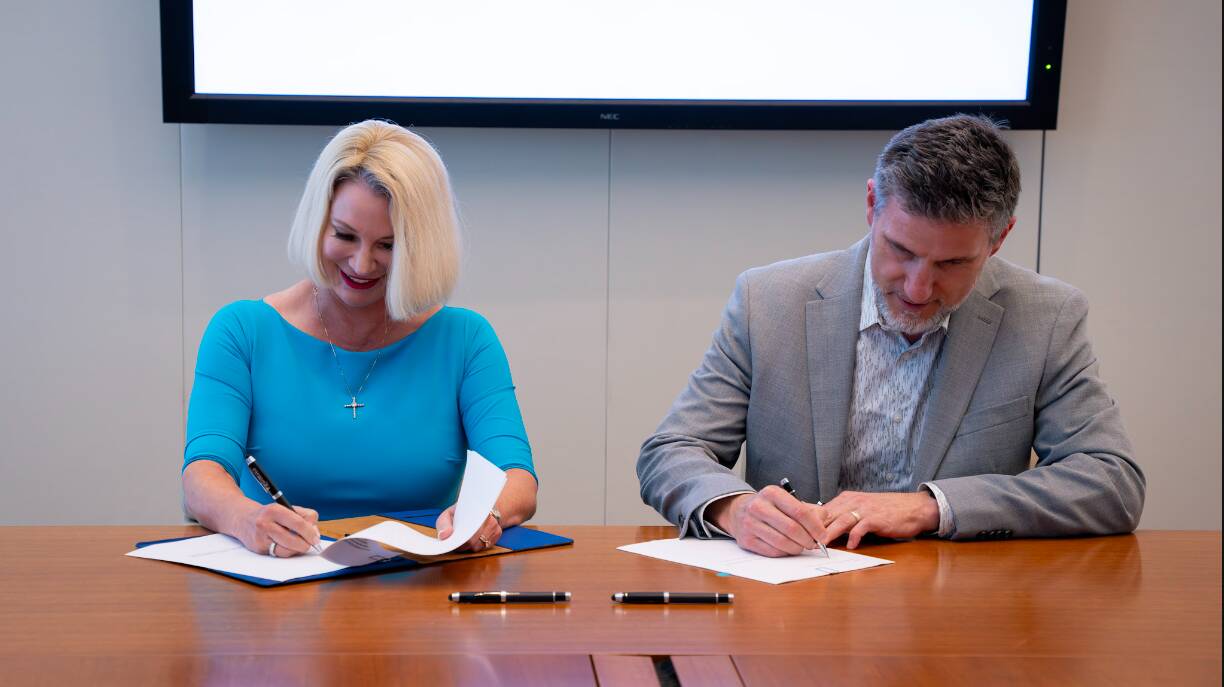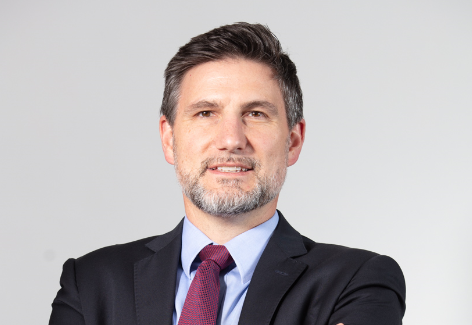selected item
2 min read
• May 16, 2024It slices! It dices! It can combat climate change!
Key takeaways:
- Carbon capture and storage (CCS) is a versatile climate tool.
- CCS enables multiple solutions, including low-carbon hydrogen.
- These solutions could reduce, or even remove, CO2 emissions.
2 min read
• May 16, 2024
Years ago, there was a TV commercial for a multi-purpose kitchen utensil that could do it all (slice, dice, julienne!), saving time and relieving home cooks of the need to buy a lot of different tools.
I often picture that ad when I’m describing the benefits of carbon capture and storage (CCS) – the technology ExxonMobil’s working to expand at the U.S. Gulf Coast and elsewhere.
That’s because carbon capture and storage is a versatile tool that can enable a range of solutions to reduce – or even remove – the CO2 emissions that contribute to climate change.
And you may be surprised to learn: not all these solutions are aimed at addressing emissions from the burning of fossil fuels.
CCS, the common denominator
What is carbon capture and storage (CCS)? It’s a technology that captures CO2, then stores it safely and permanently deep underground. It’s one of the only scalable, affordable options available today for energy-intensive industries (like steelmaking) that rely on fossil fuels but want to reduce their post-combustion CO2 emissions.
But as they said in those TV ads – “But wait, there’s more!”
CCS and its associated infrastructure also can:
- Enable the production of low carbon “blue” hydrogen, a fuel that emits zero CO2 when used.
- Capture CO2 emitted from the chemistry of certain industrial processes not related to combustion of fuel, like making cement and fertilizer.
- Support the transformation of agricultural waste (and other biofuels) into usable energy with negative carbon emissions.
- Capture CO2 emissions directly from the air (“direct air capture”), an emerging technology that ExxonMobil is currently piloting.
Those last two (direct air capture and the biofuels-CCS combo) don’t just prevent new CO2 emissions from entering the atmosphere – they could remove CO2 that’s already there. That would be a real game-changer.
IEA: Net zero “impossible” without CCS
If you don’t believe me, check out this report from the International Energy Agency (IEA), the respected intergovernmental organization based in Paris.
Achieving society’s climate goals will be “virtually impossible” without CCS, the IEA said, because “CCS is the only group of technologies that contributes both to reducing emissions in key sectors directly and to removing CO2 to balance emissions that are challenging to avoid – a critical part of ‘net’ zero goals.”
ExxonMobil is a CCS leader. We’ve already agreed to store up to 5 million metric tons per year of CO2 for industrial customers, with more to come. We’ll also use CCS in our own operations: the low-carbon hydrogen plant we’re planning to build in Baytown, Texas, includes 7 million metric tons of per year of CCS capacity.
CCS is proven, and ready now at scale. To meet its net zero goals, the world needs to speed deployment of CCS and its related infrastructure, and enact robust policies that support it.
Or, as they said in the TV ads: “Hurry! Act now!”
Newsroom
Stay up to date with the latest news and information
Explore more

Capture it. Move it. Store it: Three steps for reducing CO2 emissions
2 min read
• Aug. 12, 2025
How we’re capturing carbon and storing it safely
2 min read
• May 5, 2025
Calpine, ExxonMobil sign CO2 transportation and storage agreement for power generation project
2 min read
• April 23, 2025
2024: A breakout year for our carbon capture and storage business
3 min read
• Jan. 9, 2025
Steel, ammonia and AI? Oh my! What can’t our CCS help decarbonize?
4 min read
• Dec. 11, 2024
ExxonMobil secures largest CO2 offshore storage site in the U.S.
3 min read
• Oct. 10, 2024
